 On Tuesday we made our first visit of the year to Kilnsea. As we assembled in the Blue Bell car park a group of nearly a dozen House Martins were busy gathering mud in the partially flooded car park. I was able to park the car quite near to them, and just wait for them to return to complete their task.
On Tuesday we made our first visit of the year to Kilnsea. As we assembled in the Blue Bell car park a group of nearly a dozen House Martins were busy gathering mud in the partially flooded car park. I was able to park the car quite near to them, and just wait for them to return to complete their task. House Martins
ditto
ditto
ditto
ditto
ditto
Crash Landing
ditto
ditto
ditto
ditto
ditto
ditto
ditto
No rarities had been reported, so we drove back to Kilnsea Wetlands. A Marsh Harrier was being mobbed opposite the entrance. There wasn’t a great deal to see from the hide except Avocet, Wigeon, Teal, Gadwall and Herring Gulls. A few birds did fly past including Sand Martins, Meadow Pipits, and a Sandwich Tern.
Marsh Harrier
Pied Wagtail
Sandwich Terns
Not a Mallard
We walked to the acoustic mirror, and someone thought they spied a dark bird of prey disappear into the hedge. When we go to the spot where it had disappeared, it proved to be a Cuckoo. I assumed it to be a female at first, but when it reached a gate it began to make a very hoarse cuckooing sound. Over time it began to sound like a normal Cuckoo, perhaps it was out of practice. Alison spotted another Cuckoo perched low down in a distant bush, which seemed silent in comparison, so this may have been a female. Meanwhile the male allowed us to approach quite close while it was perched on a post.
Cuckoo
ditto
ditto
ditto
ditto
ditto
ditto
ditto
ditto
Hare
The weekend’s moths
Caddis-Fly sp.
Dark Arches
Light Brown Apple Moth
Small Magpie
A Vixen has been coming in the garden most evenings, just before it gets dark.
Fox looking at Bullfinch on the feeders
On Wednesday we tried the supermarket, but it was quite wet at first. All last week’s usual suspects were still there, and in addition the female Peregrine was on her once usual perch. We went to the hide to shelter from the rain, but as we reached it the rain finally abated.
House Sparrow
Linnet (c) 2024 Symon Fraser
Linnet
Ditto
Linnet (c) 2024 Tony Robinson
Skylark
Skylark
Skylark (c) 2024 Peter Moizer
At the hide we enjoyed good views of a Whitethroat and two baby Wrens with more distant views of Reed Buntings, Linnets and a Sedge Warbler.
Puffin
Ditto
Ditto
Puffin (c) 2024 Symon Fraser
Ditto
Wren Fledgling (c) 2024 Tony Robinson
Ditto
Shag (c) 2024 Tony Robinson
Record Shot of Whitethroat (c) 2024 Tony Robinson
 The return journey was more leisurely, so we were able to spot a greater number of Puffins than last week. The Peregrine had vacated her stack, but the seabirds were in abundance. We had more time on our hands, so we were able to travel a different route. It was here, that we got a view of a Shag much closer than we normally manage.
The return journey was more leisurely, so we were able to spot a greater number of Puffins than last week. The Peregrine had vacated her stack, but the seabirds were in abundance. We had more time on our hands, so we were able to travel a different route. It was here, that we got a view of a Shag much closer than we normally manage.Gannets
Goldfinch
Hares
Ditto
Ditto
Ditto
Ditto
After last week’s session, several members went on to Tophill Low. There was a good selection of birds.
All Tophill birds (c) 2024 Tony Robinson
Common Tern
Ditto
Ditto
On Thursday we made our final visit of the “summer” to Alkborough Flats. It was rather windy, but despite this a few Bearded Tits flew quickly over the path and then disappeared into the reeds again. The Cetti’s Warblers proclaimed their presence as always, but there seemed to be Reed Buntings everywhere. Reed Warblers were heard several times, but none were seen. We had a prolonged view of a Bittern flying across the reeds in the distance, and we saw it on another two occasions - maybe it was coming and going on eel fishing trips for its young? It repeated the same procedure at lunch time.
Reed Bunting
Immature Reed Bunting
Record Shot of Bittern Pooping
Bittern
ditto
Bittern (c) 2024 Mike Woods
As we neared the furthest part of our walk we could see a field containing several dozing Spoonbill and a Little Egret. We even saw what we think was a mature Great White Egret. Amongst lots of sleeping moulting Mallard it was just possible to make out through the “heat haze” both a Wigeon and a Shoveler. Meanwhile the air was punctuated with many zooming Swifts, dotted about with a few Sand & House Martins. Overall we had views of a fairly substantial tally of species.
Spoonbill
Spoonbill (c) 2024 Margaret Richardson
Immature Meadow Pipit
Marsh Harrier (c) 2024 Mike Woods
4-Spotted Chaser
Ringlet
Moth Species
On Friday we travelled to the edge of East Yorkshire Wolds. At the parking area a Red Kite drifted south, and there was a hovering Kestrel above the quarry. We travelled first down a disused railway line, where our first encounter was with a recently deceased Mole. We then saw a Curlew at the top of a hill presumably making some unusual distress calls. In the sloping fields below this there were both Red-legged Partridges and Hares. When we reached the crossroads we tried the left-hand route first and were relieved to discover Grey Wagtails haven’t abandoned the site after all. The biggest surprise was the call of a Nuthatch, because this was a new bird to the site for us. We then crossed the path towards the Deserted Medieval Village. We were able to watch the hovering hunting tactics of a female Redstart for 20 minutes. Although we watched carefully the male didn’t appear to be present.Mole
Red-legged Partridges
Hares
Grey Wagtail
Record Shot of Nuthatch
Female Redstart
ditto
ditto
ditto
On the return journey to the nature reserve we saw a family of at least 4 Marsh Tits, but they just wouldn’t keep still. Around the nature reserve itself there had been an explosion of Orchids since last week. The butterflies were subdued by the mainly cloudy conditions, but we did see a couple of Common Blues, plus Small Heath, and a both a single Topaz Skipper (aka Dingy Skipper) and a Brown Argus. The many small brown moths in the air appeared to be Burnet Companions.
Marsh Tit
dittoFemale Common Blue
Dingy Skipper
Brown Argus
Burnet Companion
Bee Orchid
Pyramidal OrchidClustered Bellflower
Fairy Flax
Twayblade
Yellow Wax Cap
Yorkshire Broomrape

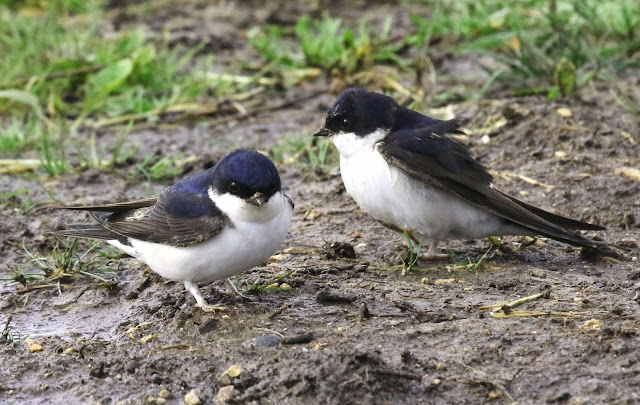






























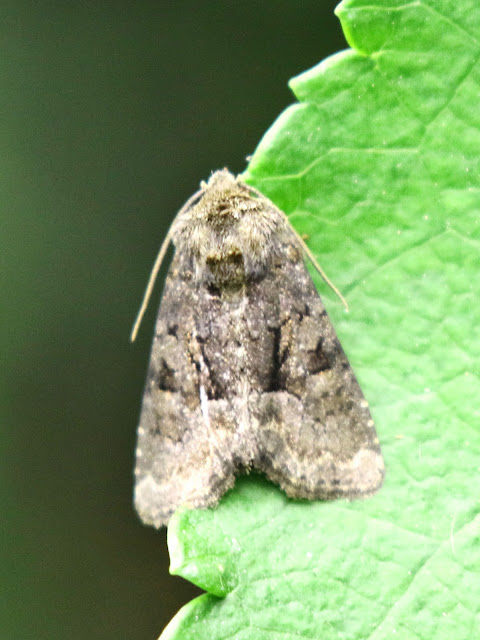











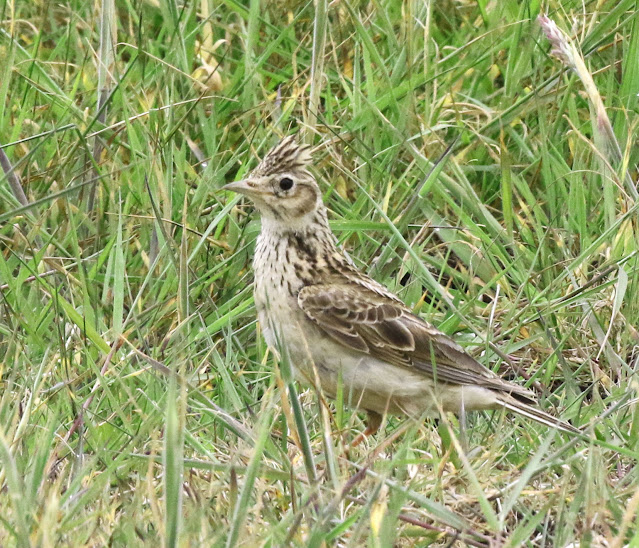



























































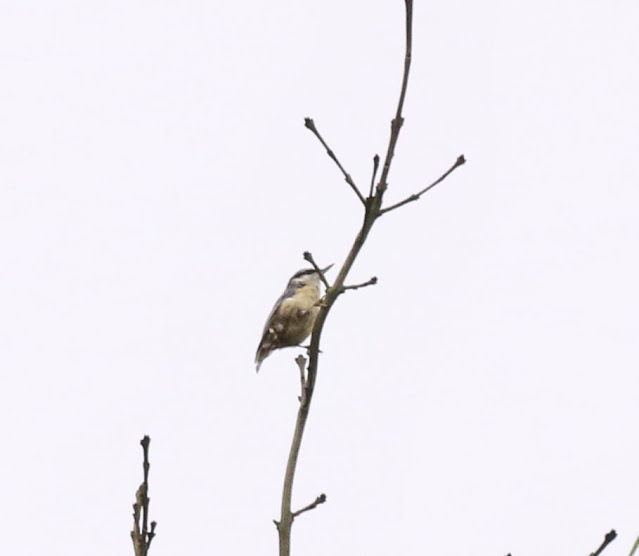





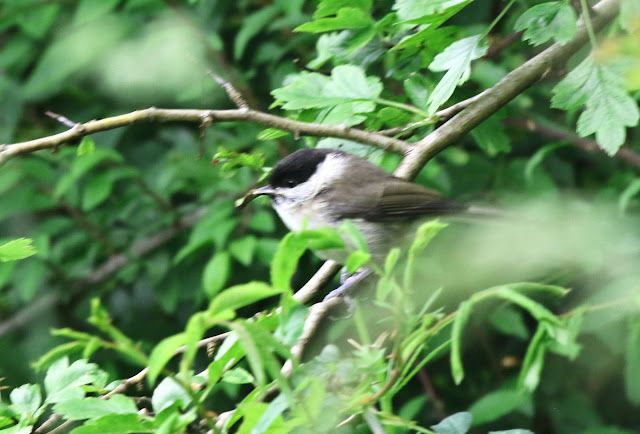











No comments:
Post a Comment